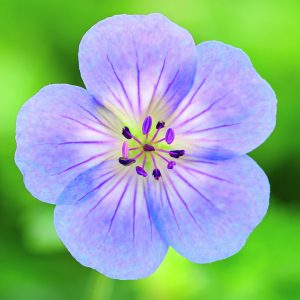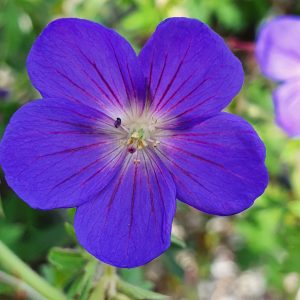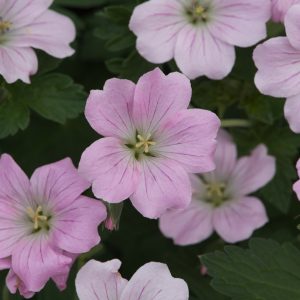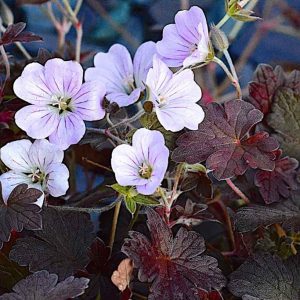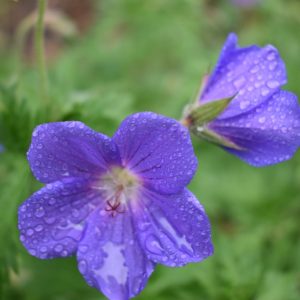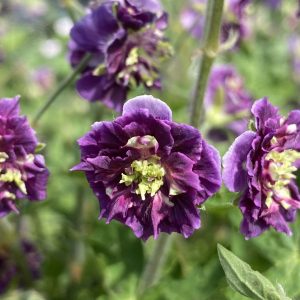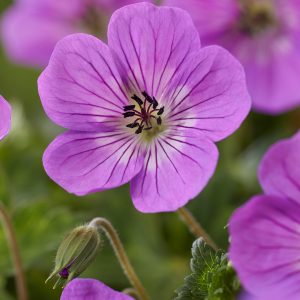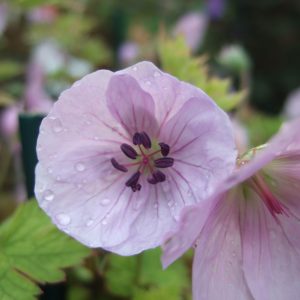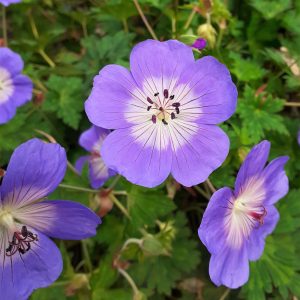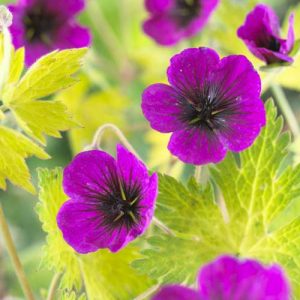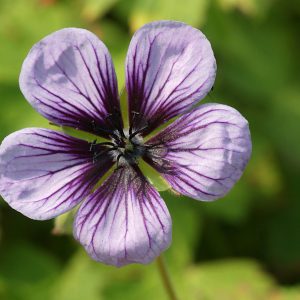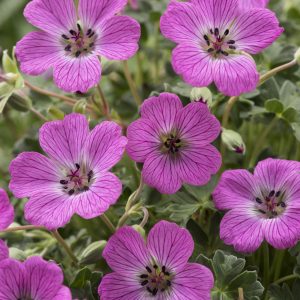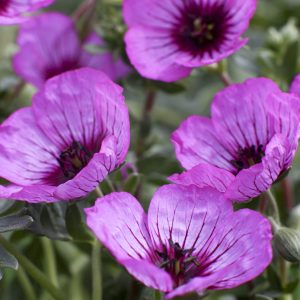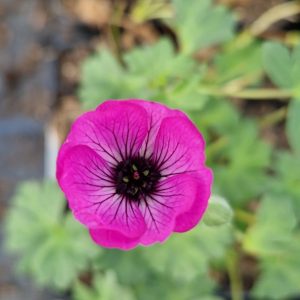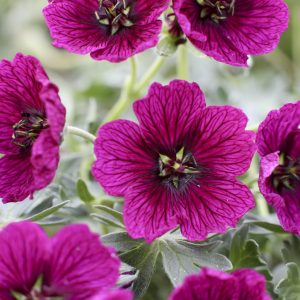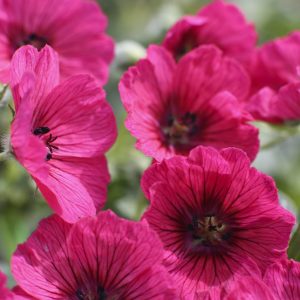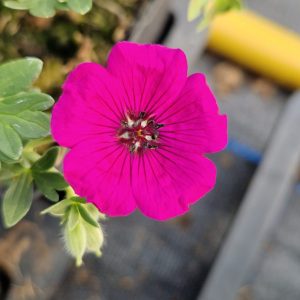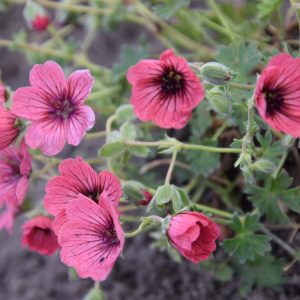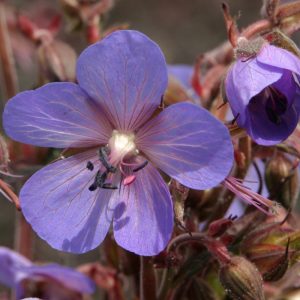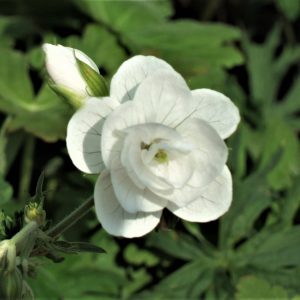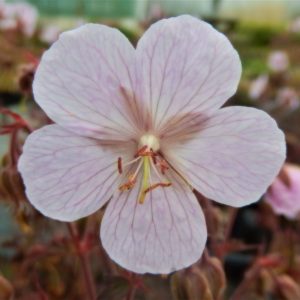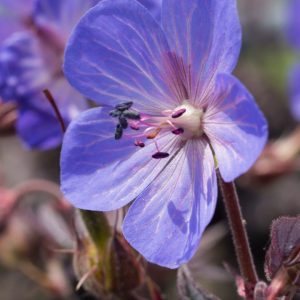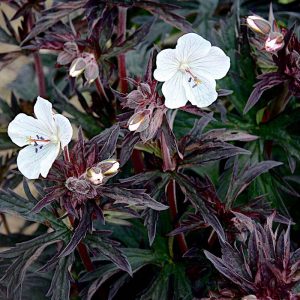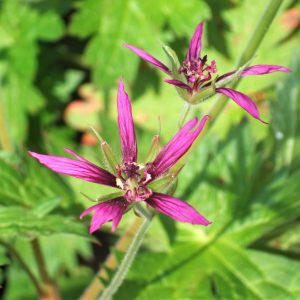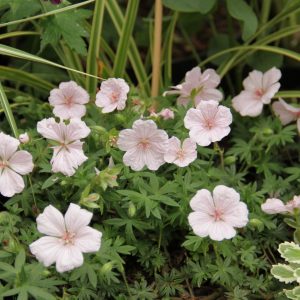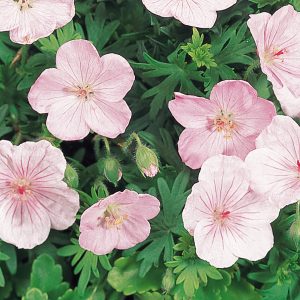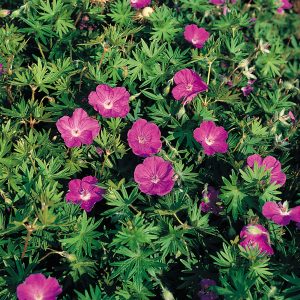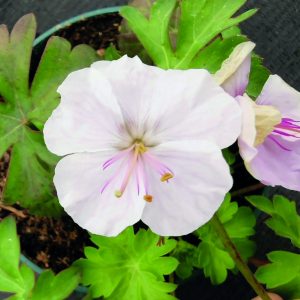Geraniums, also known as cranesbills, are versatile and vibrant flowering plants that can enhance the beauty of your garden. Follow this comprehensive planting guide to ensure successful establishment and flourishing of your Geraniums:
Site Selection
Sunlight Requirements: Geraniums generally prefer full to partial sunlight. However, they can tolerate partial shade, especially in hot climates.
Soil Conditions: Plant Geraniums in well-draining soil with a slightly acidic to neutral pH. Amending the soil with organic matter, such as compost, can enhance fertility and structure.
Planting Time
Spring or Autumn: Plant Geraniums in the spring or Autumn when the weather is mild. Avoid planting during extreme heat or cold.
Planting Process
Spacing: Space Geraniums according to the specific variety, typically around 12 to 18 inches apart. This ensures proper air circulation and prevents overcrowding.
Container Planting: Geraniums are well-suited for containers. Use a high-quality potting mix and ensure containers have drainage holes.
Planting Depth: Plant Geraniums at the same depth as they were in the nursery container. Water thoroughly after planting.
Watering
Establishment Period: Water Geraniums regularly during the first few weeks after planting to help them establish. Once established, they are moderately drought tolerant.
Avoid Waterlogging: Ensure the soil is well-draining to prevent waterlogging, which can lead to root rot.
Mulching
Mulch Application: Apply a layer of organic mulch around the base of Geraniums to conserve moisture, suppress weeds, and regulate soil temperature. Refresh the mulch as needed.
Fertilisation
Balanced Fertiliser: Use a balanced, slow-release fertiliser in the spring as new growth emerges. Avoid excessive fertilisation to prevent leggy growth.
Support
Staking: Most Geranium varieties do not require staking. However, taller varieties may benefit from support in windy conditions.
Pruning
Deadheading: Regularly deadhead spent flowers to encourage continuous blooming. Trim back the entire plant in late summer to stimulate a Autumn bloom.
Pest and Disease Management
Pest Resistance: Geraniums are generally resistant to pests. Monitor for aphids or caterpillars and treat promptly if detected.
Disease Prevention: Provide good air circulation and avoid overhead watering to reduce the risk of fungal diseases.
Winter Care
Cold Tolerance: Geraniums are often treated as annuals in colder climates. In regions with milder winters, they may survive and bloom again in the spring.
Monitoring and Adjustment
Visual Inspection: Regularly inspect Geraniums for signs of stress, pests, or diseases. Adjust watering and care practices based on your observations.
Enjoy the Blooms
Blooming Season: Geraniums typically bloom from late spring to early Autumn. Enjoy the continuous display of colourful flowers they offer.
By following this planting guide, you’ll create an optimal environment for your Geraniums to thrive. Customise care based on your local conditions and the specific requirements of the Geranium variety you have chosen. Your efforts will be rewarded with a profusion of blooms and the enduring beauty of these classic garden favourites.





